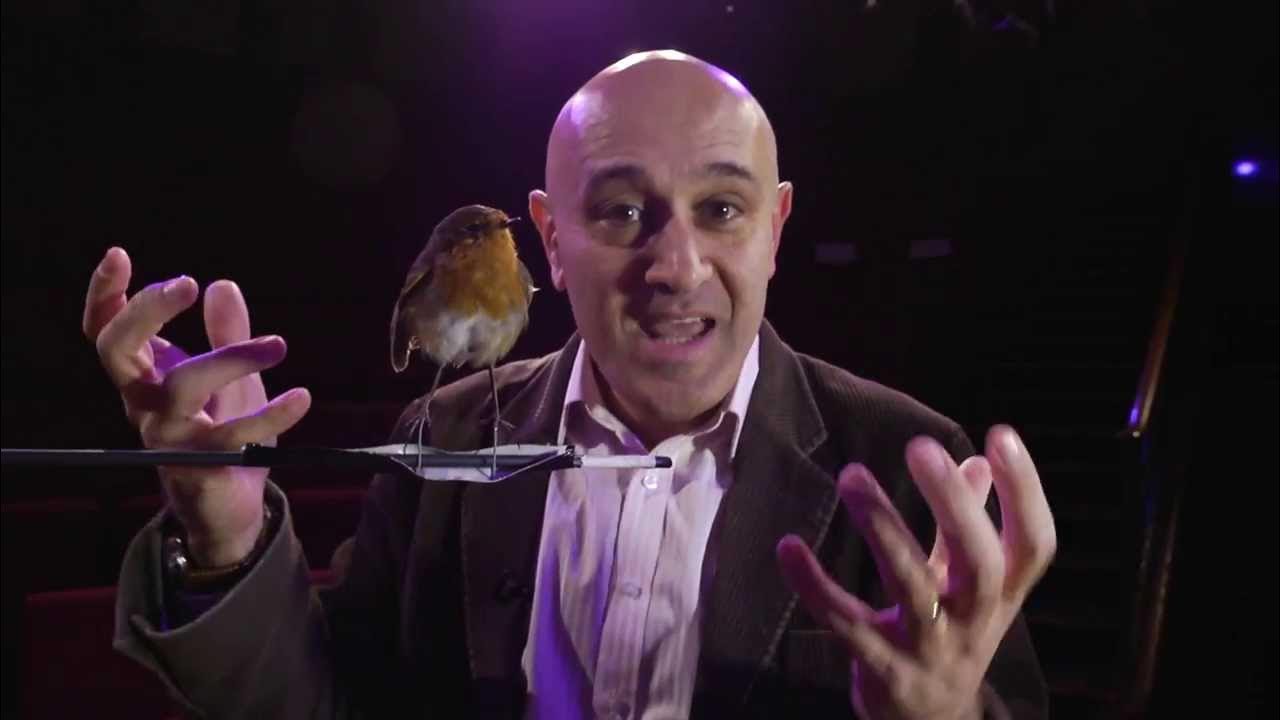That all sounds great, but I have some unique insight into this type of thing.
In the late 1990’s, I attended a DARPA-DSO meeting where a “tri-corder like device” was actually demonstrated to us as a ‘functioning physical prototype’. The claim was that it could diagnose disease, non-contact, from a distance of up to 1 meter. Nerds can reference technical details below**
This was of course DARPA-type far-out tech, not really ready yet for commercial use. But that was 25 years ago, and I have been watching for it, and there has not been any mention of it since then. It may still be under development, or it may have failed to function ultimately. But even back then, it was not the first claim of a “non-contacting hand-held diagnostic device”, nor was it the last. This has been a pipe-dream since at least the late 1960’s when Dr. McCoy first displayed his cool Star Trek tech.
So, while I remain a dedicated enthusiast, I am also skeptical. I’d like to see at least a prototype that sort of works. Verbal claims are easy, cheap, and ubiquitous.
Practical opinion: something like that is many decades out. It will be great when it works. But we are just at the beginning of measuring quantum effects, and we have not mastered this by any means yet, and certainly have not correlated it to biological disease states.
** I had a side discussion with the inventors to get an understanding of the technical details. Like all true geeks, they were delighted to discuss their gadget in detail. Upon inspection, it didn’t really function yet, but it was pretty cool IMO. For the physicist nerds among you, the principle was self-capacitance between the device and the test subject (‘patient’). The electronics-side capacitive plate was actually a quadrature-configured 2 x 2 array of squares, 50mm on edge each, separated by 10mm between squares, 1 oz tinned copper on FR-4 PCB, very basic, with the actual driver circuit on the opposite side of the PCB. The driver was hardware, just a 555(!) driving a bank of H-Bridges to charge the plates, with what appeared to be the far-end self-capacitance measure simply made by measuring a free-running inverter gate oscillator which was tuned by the resulting variable self-capacitance. My understanding was that the driving plates were charged and discharged with a frequency sweep, with the Idea of developing a spectral analysis of the self-capacitance measured by coupling to the patient.
But I could be wrong. They were physicists and they were talking fast and that was a quarter century ago. But that’s what I remember.

